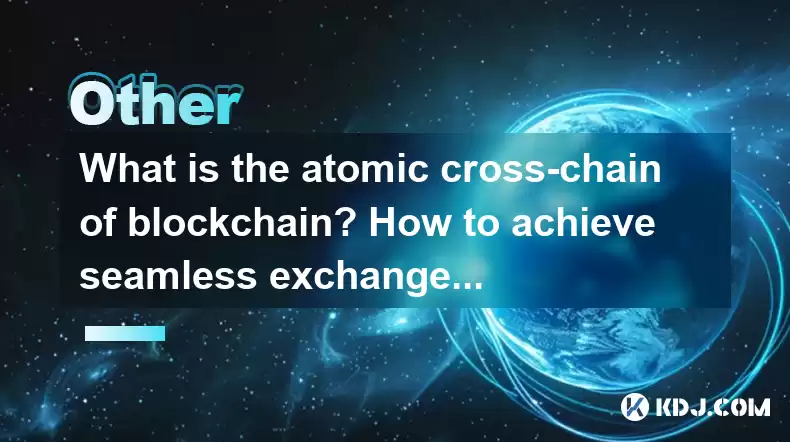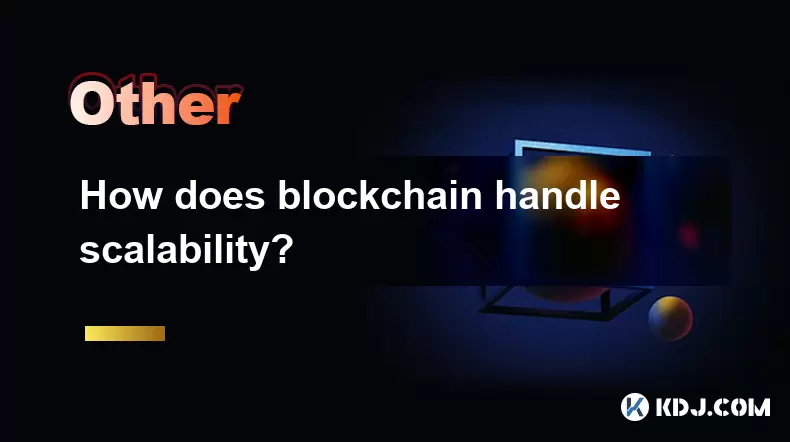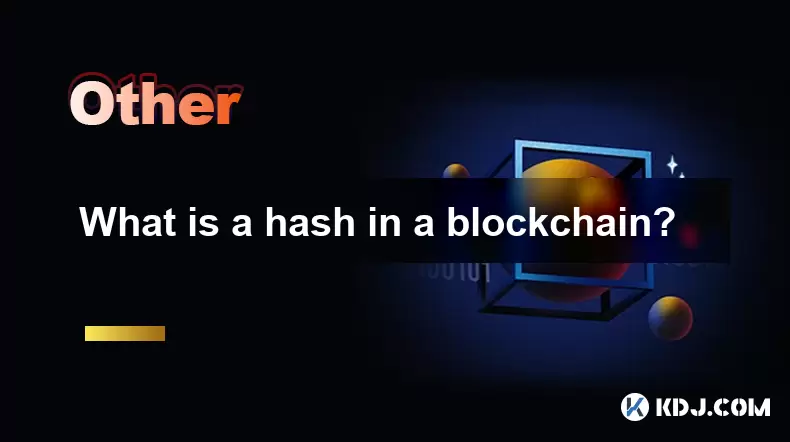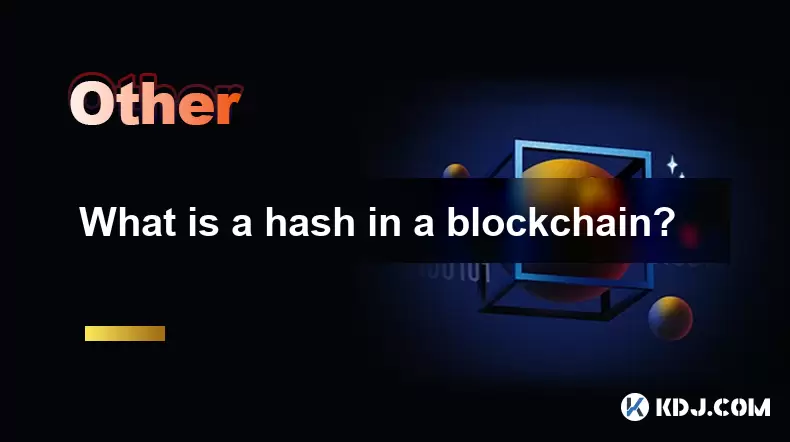-
 Bitcoin
Bitcoin $113900
-1.39% -
 Ethereum
Ethereum $3517
-4.15% -
 XRP
XRP $3.009
1.59% -
 Tether USDt
Tether USDt $0.9997
-0.04% -
 BNB
BNB $766.8
-1.41% -
 Solana
Solana $164.6
-2.38% -
 USDC
USDC $0.9998
-0.02% -
 TRON
TRON $0.3277
0.65% -
 Dogecoin
Dogecoin $0.2023
-1.67% -
 Cardano
Cardano $0.7246
0.05% -
 Hyperliquid
Hyperliquid $38.27
-4.77% -
 Sui
Sui $3.528
-0.52% -
 Stellar
Stellar $0.3890
-0.73% -
 Chainlink
Chainlink $16.16
-2.69% -
 Bitcoin Cash
Bitcoin Cash $539.9
-4.38% -
 Hedera
Hedera $0.2425
-2.00% -
 Avalanche
Avalanche $21.71
-0.97% -
 Toncoin
Toncoin $3.662
5.73% -
 Ethena USDe
Ethena USDe $1.000
-0.02% -
 UNUS SED LEO
UNUS SED LEO $8.964
0.35% -
 Litecoin
Litecoin $107.7
2.33% -
 Shiba Inu
Shiba Inu $0.00001223
-0.40% -
 Polkadot
Polkadot $3.617
-0.97% -
 Uniswap
Uniswap $9.052
-2.49% -
 Monero
Monero $295.1
-3.79% -
 Dai
Dai $0.9999
0.00% -
 Bitget Token
Bitget Token $4.315
-1.85% -
 Pepe
Pepe $0.00001060
0.11% -
 Cronos
Cronos $0.1342
-2.72% -
 Aave
Aave $256.0
-0.87%
What is the atomic cross-chain of blockchain? How to achieve seamless exchange?
Atomic cross-chain transactions enable secure, instant swaps between blockchains using HTLCs, enhancing liquidity and interoperability in the DeFi ecosystem.
Apr 29, 2025 at 07:36 am

What is the Atomic Cross-Chain of Blockchain?
Atomic cross-chain transactions represent a pivotal advancement in the world of blockchain technology. This concept refers to the ability to execute transactions across different blockchain networks in a manner that is both secure and instantaneous. The term "atomic" signifies that the transaction either completes entirely or not at all, ensuring that no partial transactions occur, which could leave assets stranded on different chains.
The primary goal of atomic cross-chain transactions is to enable seamless interoperability between disparate blockchain networks. This is crucial for enhancing the utility and efficiency of decentralized applications (dApps) and facilitating the exchange of various cryptocurrencies without the need for centralized intermediaries. By allowing users to swap assets across different blockchains directly, atomic cross-chain transactions open up new possibilities for decentralized finance (DeFi) and other blockchain-based services.
How Atomic Cross-Chain Transactions Work
At the core of atomic cross-chain transactions is the use of Hash Time-Locked Contracts (HTLCs). These smart contracts ensure that the transaction is completed within a specified timeframe or is canceled, maintaining the integrity of the process. Here's a detailed look at how this works:
- Hash Lock: The sender creates a cryptographic hash of a secret and uses this hash to lock the transaction. The recipient can only unlock and claim the funds if they know the secret.
- Time Lock: A time limit is set within which the recipient must claim the funds. If the time expires without the recipient claiming the funds, the transaction is canceled, and the assets are returned to the sender.
This mechanism ensures that both parties in the transaction are protected, and the transaction is executed atomically across different blockchains.
Benefits of Atomic Cross-Chain Transactions
The implementation of atomic cross-chain transactions brings several significant benefits to the blockchain ecosystem:
- Enhanced Liquidity: By enabling direct swaps between different cryptocurrencies, atomic cross-chain transactions increase the liquidity of assets across various blockchains.
- Reduced Counterparty Risk: The use of HTLCs minimizes the risk of one party failing to fulfill their part of the transaction, as the entire process is automated and secured by smart contracts.
- Increased Interoperability: Different blockchain networks can interact more seamlessly, fostering a more interconnected and efficient ecosystem.
- Decentralized Exchanges: Atomic swaps can serve as the foundation for decentralized exchanges, allowing users to trade directly without relying on centralized platforms.
Challenges and Considerations
While atomic cross-chain transactions offer numerous advantages, there are also challenges and considerations to keep in mind:
- Scalability: The process of executing atomic swaps can be resource-intensive, potentially affecting the scalability of the networks involved.
- Complexity: Setting up and executing atomic swaps requires a certain level of technical understanding, which can be a barrier for some users.
- Regulatory Uncertainty: The decentralized nature of atomic swaps can pose challenges in terms of regulatory compliance, as transactions occur without centralized oversight.
How to Achieve Seamless Exchange with Atomic Cross-Chain Transactions
Achieving seamless exchange through atomic cross-chain transactions involves several steps. Here's a detailed guide on how to set up and execute an atomic swap:
- Select Compatible Blockchains: Ensure that the blockchains you intend to use support atomic swaps. Popular choices include Bitcoin, Ethereum, and Litecoin.
- Set Up Wallets: Use wallets that support the blockchains you are working with. These wallets must be capable of handling HTLCs.
- Generate a Secret and Hash: Create a secret and generate its cryptographic hash. This hash will be used to lock the transaction.
- Initiate the Swap: Start the process by creating an HTLC on the first blockchain. Lock the amount you wish to swap and specify the hash and time lock.
- Accept the Swap: The recipient on the second blockchain creates a corresponding HTLC, locking their funds and using the same hash and time lock.
- Claim the Funds: The recipient reveals the secret to claim the funds on the first blockchain. This secret is then used to claim the funds on the second blockchain.
- Complete the Transaction: If the recipient claims the funds within the specified time, the transaction is completed. If not, the funds are returned to the sender.
Practical Example of an Atomic Swap
To illustrate the process, let's consider a practical example of an atomic swap between Bitcoin and Litecoin:
- Sender's Action: The sender wants to swap 1 BTC for 100 LTC. They generate a secret, create its hash, and initiate an HTLC on the Bitcoin blockchain, locking 1 BTC with the hash and a time lock of 24 hours.
- Recipient's Action: The recipient wants to swap 100 LTC for 1 BTC. They create a corresponding HTLC on the Litecoin blockchain, locking 100 LTC with the same hash and time lock.
- Claiming Funds: The recipient reveals the secret to claim the 1 BTC on the Bitcoin blockchain. Using this secret, the sender claims the 100 LTC on the Litecoin blockchain.
- Transaction Completion: If both parties act within the 24-hour window, the swap is completed successfully. If not, the funds are returned to their respective owners.
Frequently Asked Questions
Q: Can atomic cross-chain transactions be used with any blockchain?
A: Not all blockchains support atomic cross-chain transactions. The ability to perform atomic swaps depends on the blockchain's support for HTLCs and its overall architecture. Blockchains like Bitcoin, Ethereum, and Litecoin are known to support atomic swaps, while others may require additional development to enable this functionality.
Q: What happens if one party fails to complete their part of the swap?
A: The use of HTLCs ensures that if one party fails to complete their part of the swap within the specified time frame, the transaction is canceled, and the locked funds are returned to the sender. This mechanism protects both parties from the risk of incomplete transactions.
Q: Are there any fees associated with atomic cross-chain transactions?
A: Yes, atomic cross-chain transactions may incur fees, which vary depending on the blockchains involved and the specific wallets or services used. These fees typically include transaction fees for the blockchains and any service fees charged by the platforms facilitating the swap.
Q: How secure are atomic cross-chain transactions?
A: Atomic cross-chain transactions are considered secure due to the use of HTLCs, which ensure that the transaction is either completed in full or not at all. However, the security also depends on the robustness of the underlying blockchains and the wallets used to execute the swaps.
Disclaimer:info@kdj.com
The information provided is not trading advice. kdj.com does not assume any responsibility for any investments made based on the information provided in this article. Cryptocurrencies are highly volatile and it is highly recommended that you invest with caution after thorough research!
If you believe that the content used on this website infringes your copyright, please contact us immediately (info@kdj.com) and we will delete it promptly.
- Crypto Donations, Trump PAC, and Bitcoin: A New York Minute on Political Coin
- 2025-08-02 20:30:12
- Crypto Market Under Pressure: Bearish Momentum and Rising Volatility Take Hold
- 2025-08-02 20:30:12
- DeFi Token Summer Gains: Is Mutuum Finance the Real Deal?
- 2025-08-02 18:30:12
- Bitcoin, Realized Price, and the Top: Are We There Yet?
- 2025-08-02 18:30:12
- Dogwifhat (WIF) Rally: Will the Meme Coin Bite Back?
- 2025-08-02 19:10:12
- PayFi Heats Up: Tron's AMA Recap & TRX's Bullish Nasdaq Debut
- 2025-08-02 19:10:12
Related knowledge

What is the difference between on-chain and off-chain transactions?
Aug 02,2025 at 04:22pm
Understanding On-Chain TransactionsOn-chain transactions refer to digital asset transfers that are recorded directly on a blockchain ledger. These tra...

What is the double-spending problem and how does blockchain prevent it?
Aug 02,2025 at 01:07pm
Understanding the Double-Spending ProblemThe double-spending problem is a fundamental challenge in digital currency systems where the same digital tok...

What is the difference between a blockchain and a database?
Aug 01,2025 at 09:36pm
Understanding the Core Structure of a BlockchainA blockchain is a decentralized digital ledger that records data in a series of immutable blocks linke...

How does blockchain handle scalability?
Aug 02,2025 at 02:58pm
Understanding Blockchain Scalability ChallengesBlockchain scalability refers to a network's ability to handle an increasing volume of transactions wit...

What is a hash in a blockchain?
Aug 02,2025 at 05:28am
Understanding the Concept of Hash in BlockchainA hash in the context of blockchain technology refers to a unique digital fingerprint generated by a cr...

What is a hash in a blockchain?
Aug 02,2025 at 04:43am
Understanding the Concept of Hash in BlockchainA hash in the context of blockchain technology refers to a unique digital fingerprint generated by a cr...

What is the difference between on-chain and off-chain transactions?
Aug 02,2025 at 04:22pm
Understanding On-Chain TransactionsOn-chain transactions refer to digital asset transfers that are recorded directly on a blockchain ledger. These tra...

What is the double-spending problem and how does blockchain prevent it?
Aug 02,2025 at 01:07pm
Understanding the Double-Spending ProblemThe double-spending problem is a fundamental challenge in digital currency systems where the same digital tok...

What is the difference between a blockchain and a database?
Aug 01,2025 at 09:36pm
Understanding the Core Structure of a BlockchainA blockchain is a decentralized digital ledger that records data in a series of immutable blocks linke...

How does blockchain handle scalability?
Aug 02,2025 at 02:58pm
Understanding Blockchain Scalability ChallengesBlockchain scalability refers to a network's ability to handle an increasing volume of transactions wit...

What is a hash in a blockchain?
Aug 02,2025 at 05:28am
Understanding the Concept of Hash in BlockchainA hash in the context of blockchain technology refers to a unique digital fingerprint generated by a cr...

What is a hash in a blockchain?
Aug 02,2025 at 04:43am
Understanding the Concept of Hash in BlockchainA hash in the context of blockchain technology refers to a unique digital fingerprint generated by a cr...
See all articles

























































































